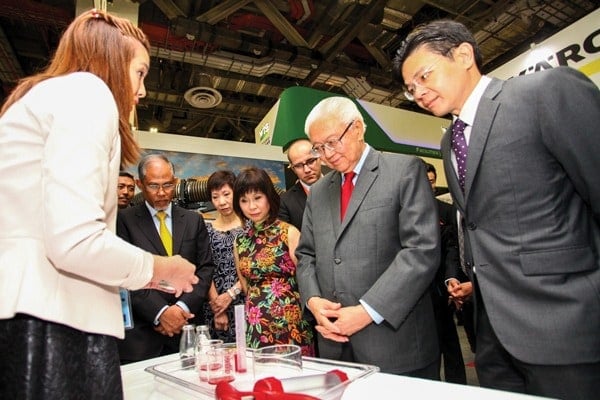Food Standards Australia New Zealand (FSANZ) has called for submissions on a potato that has been genetically modified to reduce both bruising and the amount of acrylamide formed during cooking.
FSANZ Chief Executive Officer Steve McCutcheon said the potato had been modified by inserting genetic sequences from this potato and wild potato varieties. “Acrylamide is a chemical that can form when certain starchy foods, like potatoes, are cooked or processed,” McCutcheon said. “Bruising of potatoes during processing and production can lead to food waste and economic consequences for growers.
“FSANZ has not identified any public health and safety concerns in its assessment of the potato.”
All FSANZ decisions on applications are notified to ministers responsible for food regulation who can decide to adopt, amend, or reject standards or they can ask for a review.
The closing date for submissions is Friday 30 September 2016.
This approach to insert gene slices into existing plant varieties is a modern development and may technically not even be a true GM variety, when you consider that the gene sequences actually come from existing potatoes. Most seem to equate GM varieties with gene sequences from dissimilar organisms, even different species or different classes of organisms eg bacterial genes into plants.
Recently some overseas authorities have not classed this approach to variety development as genetic modification, for example some plant varieties where the CRISPR technology has been used to add beneficial genes.
FSANZ Chief Executive Officer Steve McCutcheon said the potato had been modified by inserting genetic sequences from this potato and wild potato varieties. “Acrylamide is a chemical that can form when certain starchy foods, like potatoes, are cooked or processed,” McCutcheon said. “Bruising of potatoes during processing and production can lead to food waste and economic consequences for growers.
“FSANZ has not identified any public health and safety concerns in its assessment of the potato.”
All FSANZ decisions on applications are notified to ministers responsible for food regulation who can decide to adopt, amend, or reject standards or they can ask for a review.
The closing date for submissions is Friday 30 September 2016.
This approach to insert gene slices into existing plant varieties is a modern development and may technically not even be a true GM variety, when you consider that the gene sequences actually come from existing potatoes. Most seem to equate GM varieties with gene sequences from dissimilar organisms, even different species or different classes of organisms eg bacterial genes into plants.
Recently some overseas authorities have not classed this approach to variety development as genetic modification, for example some plant varieties where the CRISPR technology has been used to add beneficial genes.
